Fujifilm X-E3
Exploring the X-Protegé
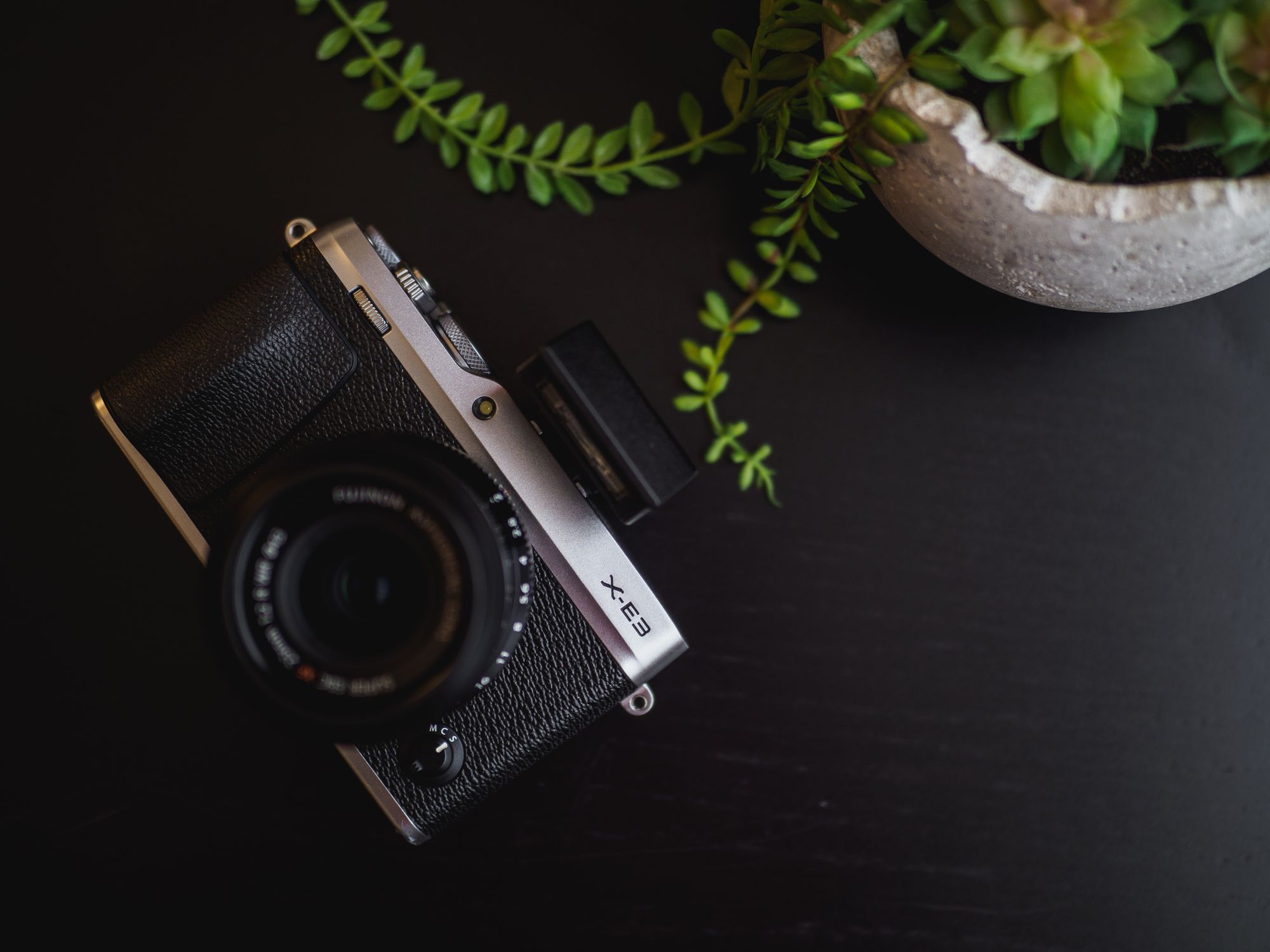
The X-E3 is to the X-Pro 2 as the X-T20 is to the X-T2.
Fujifilm has taken the DNA of the larger camera and stripped away some pro-oriented functionality in favour of a compact size, simple operation, and a lower price point.
In the case of the X-E3 though, they also gave it brand new features like Bluetooth connectivity, and some firmware adjustments that meant it actually had the fastest autofocus of any Fujifilm camera at launch.
In many ways, it’s the perfect secondary camera to the X-Pro 2. For newcomers to the system, I think it makes for a more compelling entry point than the X-T20, which I find ugly and uncomfortable to wield.
Cutting to the chase: this is a very appealing new camera, and I think its balance of features, performance, and price put it into a very favourable position for those considering a compact or companion system.
Hardware
Ditching the optical viewfinder allowed Fujifilm to shrink the X-E3 from one direction, while the loss of a 4-way directional pad gave them room to tuck in from the other.
The resulting camera is shorter, narrower, and thinner than its big brother, the X-Pro 2, and significantly lighter too. It’s like getting an X100F with interchangeable lenses.
It’s an attractive design, with some curvy accents and a control layout that makes the best of its size. The idea of keeping the focus selection joystick and using it for menu navigation in lieu of the directional pad was a stroke of genius, and it’s great to see a company offering an AF joystick even on a lower end model.

Similarly, the key menu/navigation buttons are arrayed along the right side of the screen for easy access with your thumb as you shoot. The buttons along the top are ones you generally don’t interact with very often.
I did find the AF-L and Q buttons to be a bit cramped to use, especially with any kind of glove on outside, but even so they’ve made one raised and the other recessed so you at least have some tactile differentiation.

There’s no dedicated ISO dial anymore (no big loss for my usage), but you get to keep the exposure compensation dial. The X-E3 top panel also features a quick Auto switch, first seen on the X70, allowing you to instantly flip the camera into an intelligent auto mode for when you don’t want to fiddle with settings, or need to hand the camera to a family member for a snap.
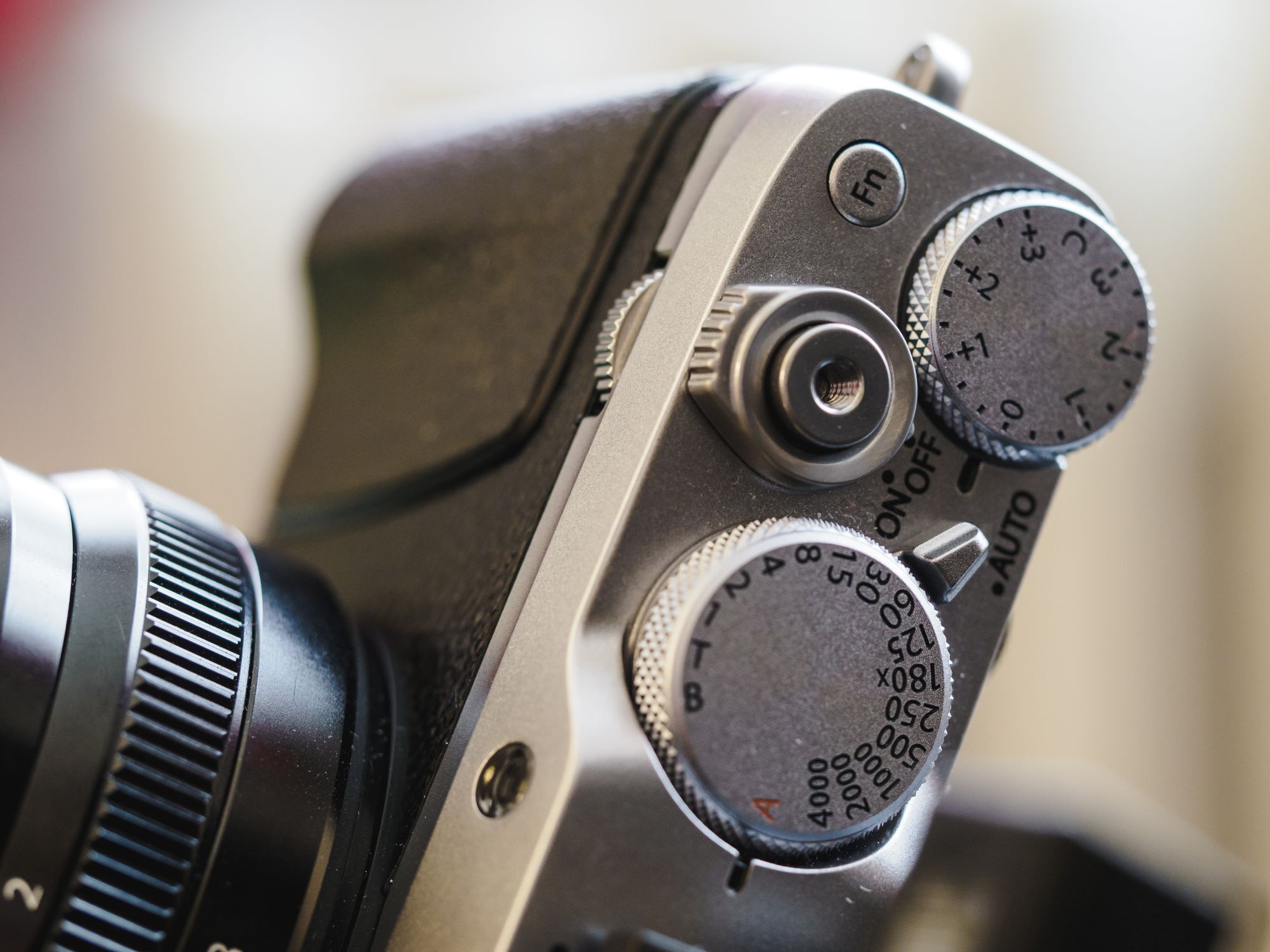
The grip is minimal but sufficient. You’re not likely to be using a 100-400 with this body, and with more reasonable lenses like the ƒ/2 trio or even the ƒ/1.4 lenses, the X-E3 balances just fine. It really shines with the aforementioned ƒ/2s, with which it becomes an extremely portable kit for serious travel photographers.
It’s like getting the size of a Micro Four-Thirds kit with the benefits of an APS-C sensor size.
Performance and Shooting
General single-shot AF stopped being a limitation on Fujifilm cameras a long time ago, so while the X-E3 is indeed faster and more confident in acquiring initial focus, it’s not like I was missing shots before. It’s quick. It’s probably quicker than you need it to be.
C-AF is also strong, but in a “great for mirrorless” sort of way. You won’t be getting DSLR-level tracking here, but you also shouldn’t be seeking that on a mid-range camera. For portraiture and basic lifestyle action, you’ll be just fine.
The shooting experience overall is pleasing. The camera isn’t as responsive as the X-Pro 2—mostly noticeable in the speed of the EVF activation—but it’s still plenty fast. Startup time is quick, and being able to switch the camera on as you pull it out of your bag with one hand remains a strong advantage. I really wish my Olympus cameras didn’t require me to reach over to the left side of the body just to toggle the power.
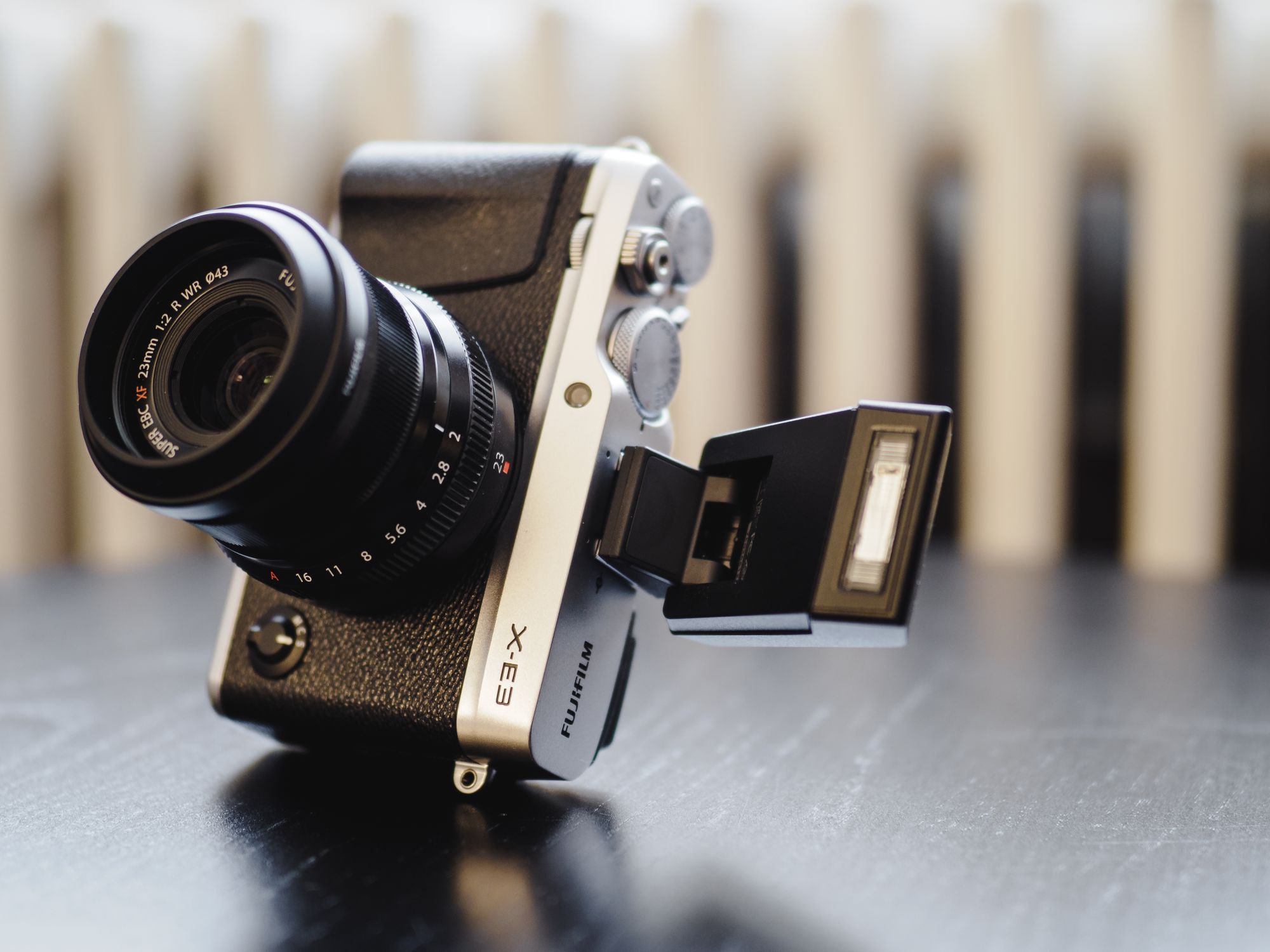
Speaking of Olympus though, after shooting the E-M1 Mark II for so long, I find the smaller batteries of the Fujifilm to be frustrating. The battery life is decent, but it’s time for a bigger cell. Batteries are small and easy to carry, sure, but I’d rather not deal with that range anxiety.
I have to admit I also missed the weather sealing of the X-Pro 2. While shooting outdoors on a fairly normal winter’s day here in Canada, I had the camera shut off partway through the shoot. It’s alarming, to say the least, and it’s a good example of why I value weather sealing even in normal situations. You don’t have to be shooting in the rain to benefit.
Image Quality
Sporting the same imaging stack as the X-Pro 2 and X-T2 (and X-H1, for that matter) means that you give nothing up in terms of image quality. It features all the film simulations (except the new Eterna), and continues to produce the organic noise and colour characteristics that have made Fujifilm’s digital offerings so popular.

High ISO performance is solid, but not exceptional. Still, this is effectively masked by the nature of the noise pattern—mostly luminance noise (almost no colour noise until you get into unusably high ISO ranges) and the grain “size” seems quite large. It looks like film, but you lose detail quickly. Dynamic range is strong, but you should err on the side of protecting highlights as those are harder for Fujifilm cameras to recover.
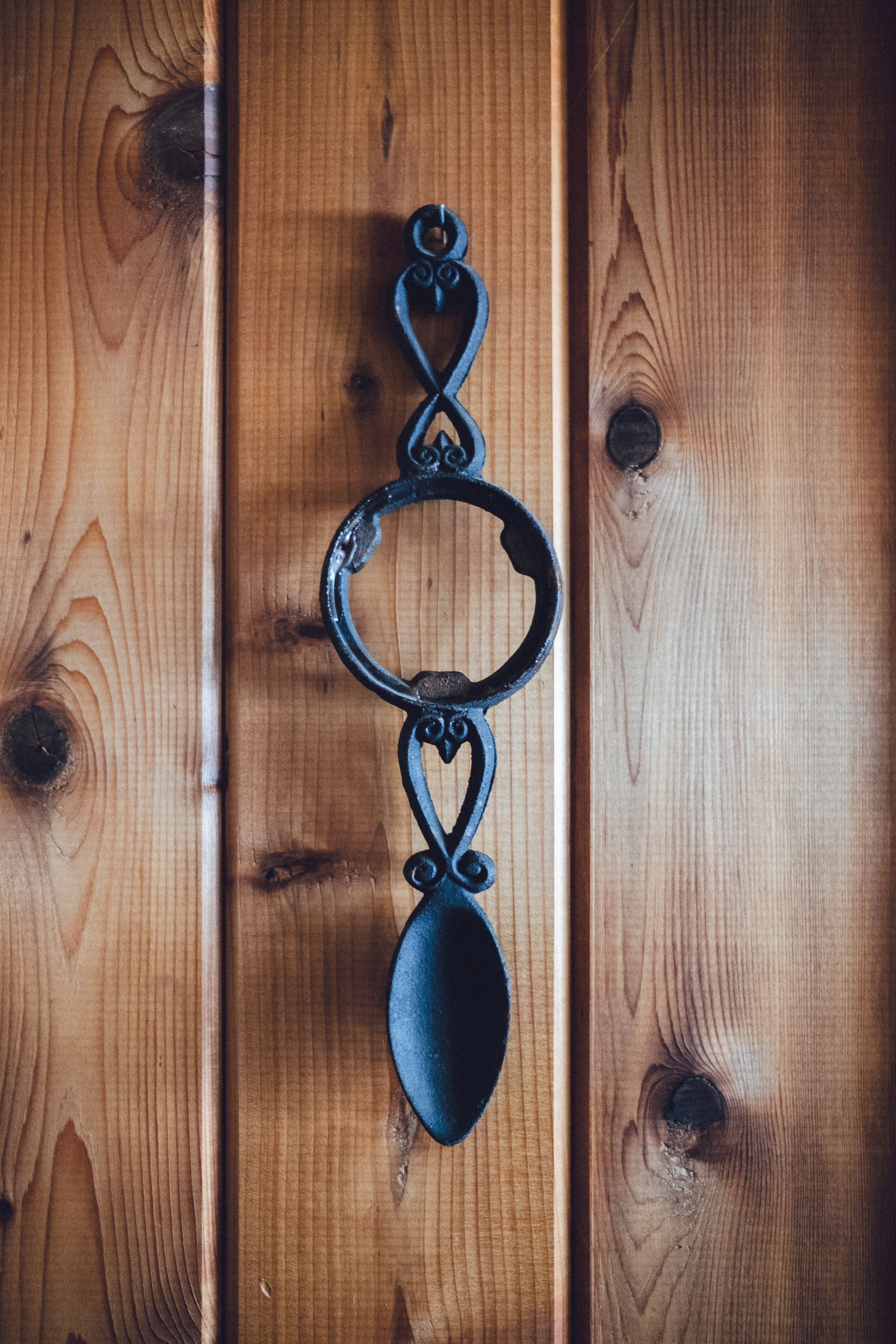
Speaking of which, before you panic at all the forum folks complaining about how impossible it is to get good results while post-processing images from this sensor in Adobe Lightroom, keep in mind that every camera requires its own approach to processing. One size does not fit all, and Fujifilm’s unique X-Trans colour filter array exacerbates this need.

It handles data differently, and so should you; you’ll need to sharpen differently, tackle noise differently, and generally be willing to change your processing approach rather than doing everything the same way you did with your previous camera and expecting to get the same results.
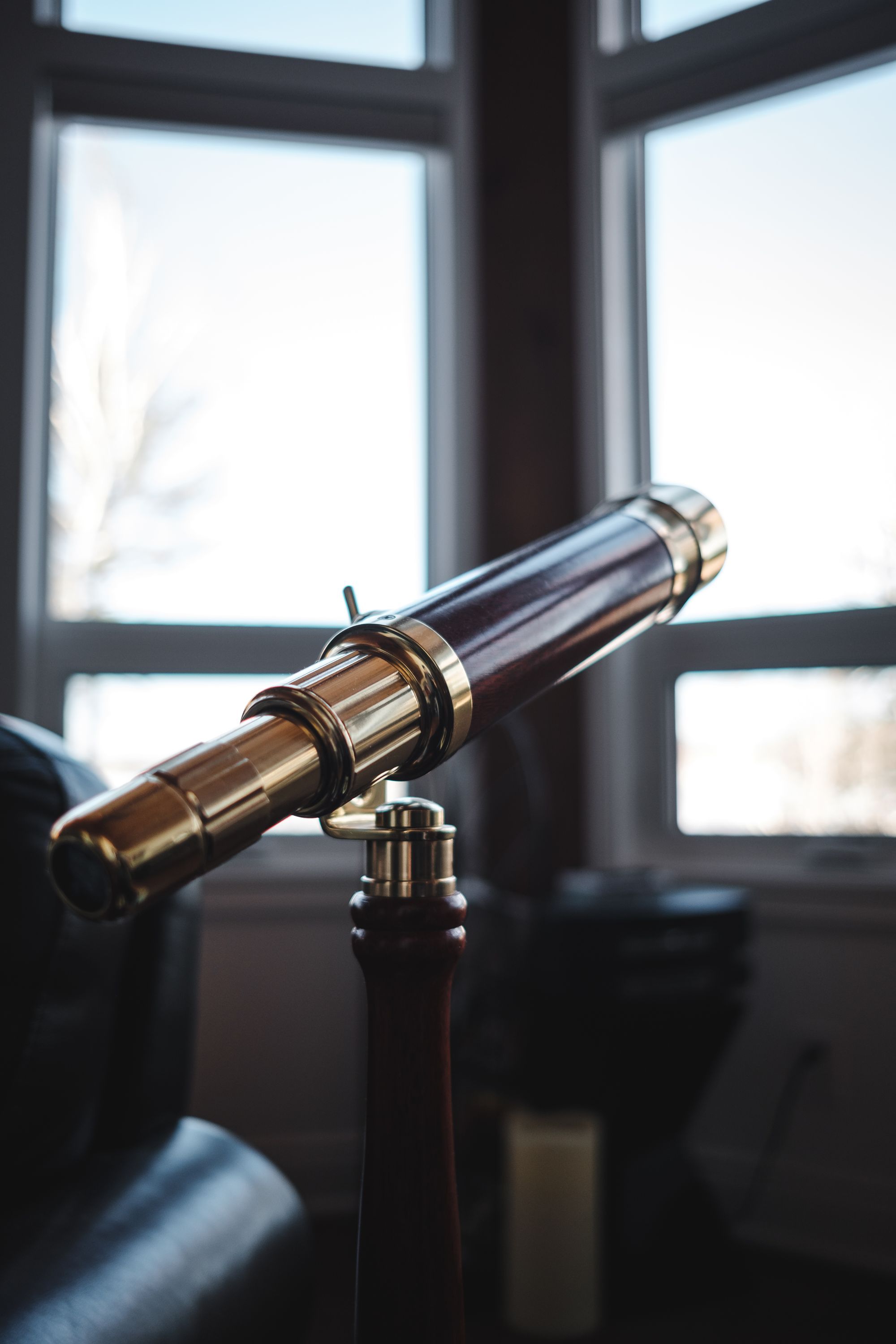
Parting Thoughts
An X-E3 with the ƒ/2 lenses (23mm, 35mm, 50mm) can fit into the smallest bag I own. Together, they form a terrific reportage, travel, or lifestyle shooting kit that feels like it wouldn’t let me down.
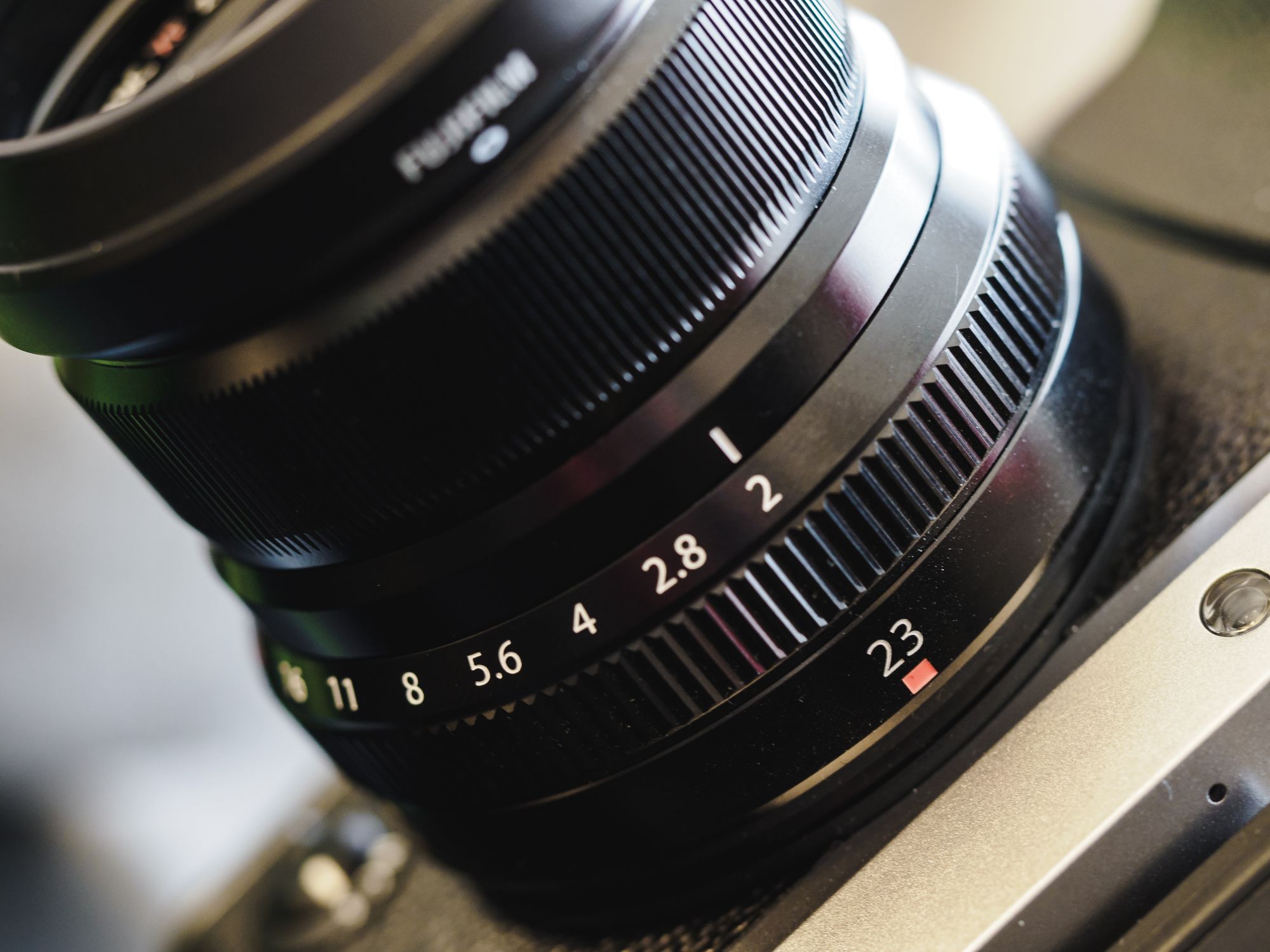
A similar kit can be assembled in other systems as well, of course; an Olympus setup could be even more compact, with weather sealing and IBIS to counterbalance the smaller sensor. A Sony a6500 and lenses would cost more but give you a more advanced sensor of the same size, with IBIS.

Ultimately, which path you take should be determined more by your ergonomic and shooting preferences than by the technology. Any modern camera system is more than capable of getting extraordinary results in the right hands, so the trick is to improve the hands, not what they’re holding.
But you’ve got to start somewhere, and the Fujifilm X-E3 is a heck of a launching point for a fruitful photography passion.